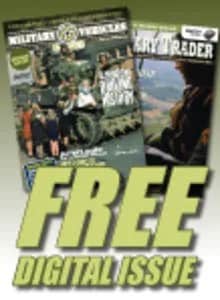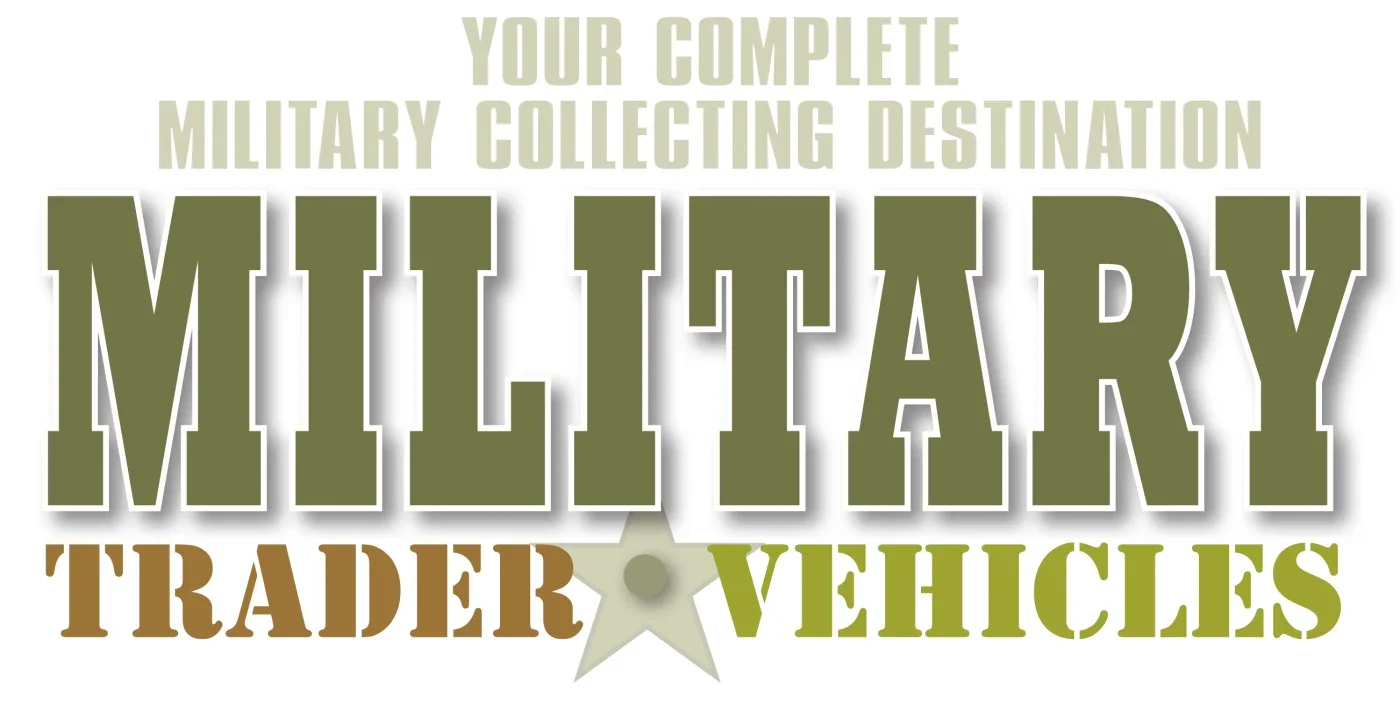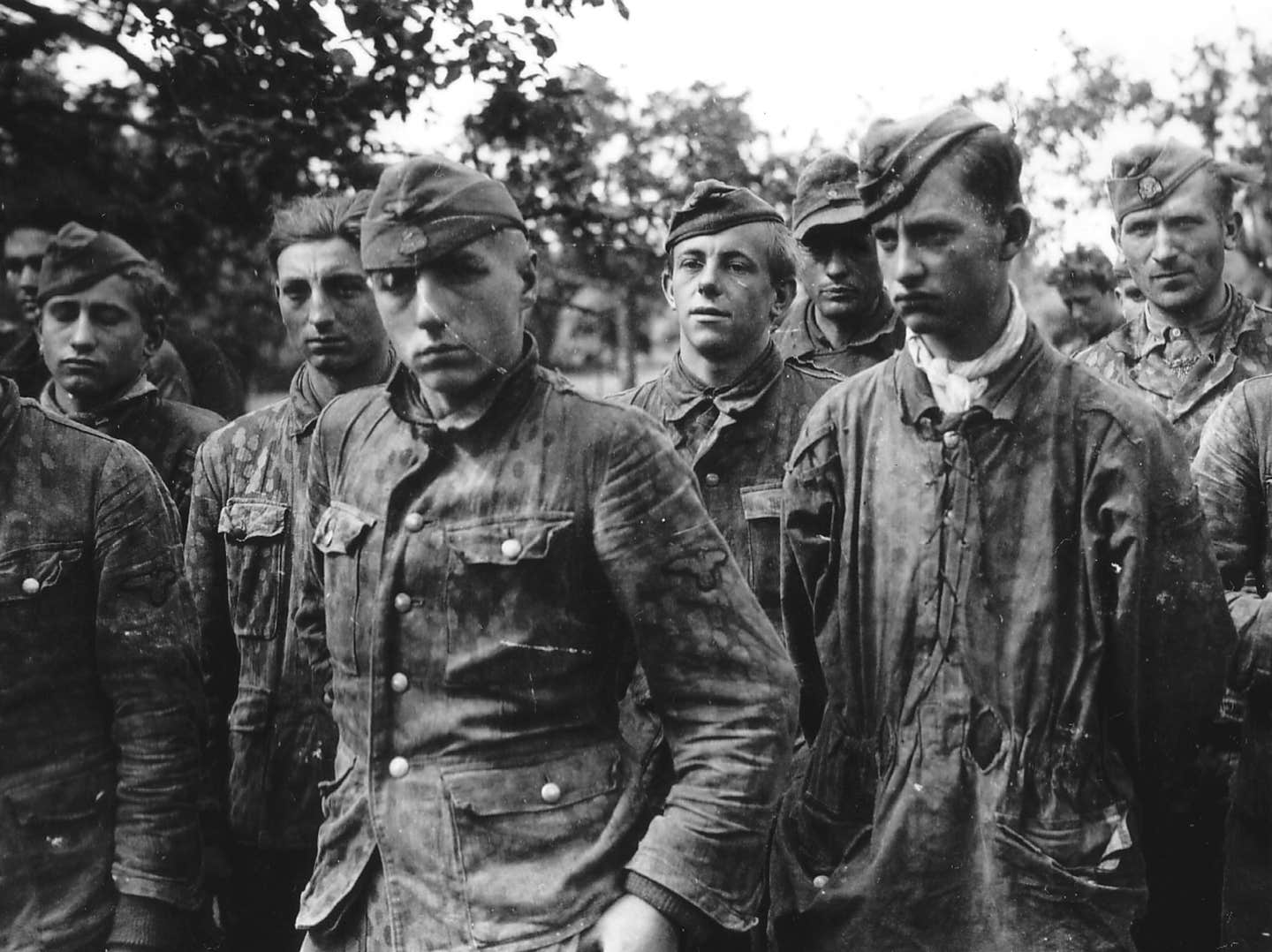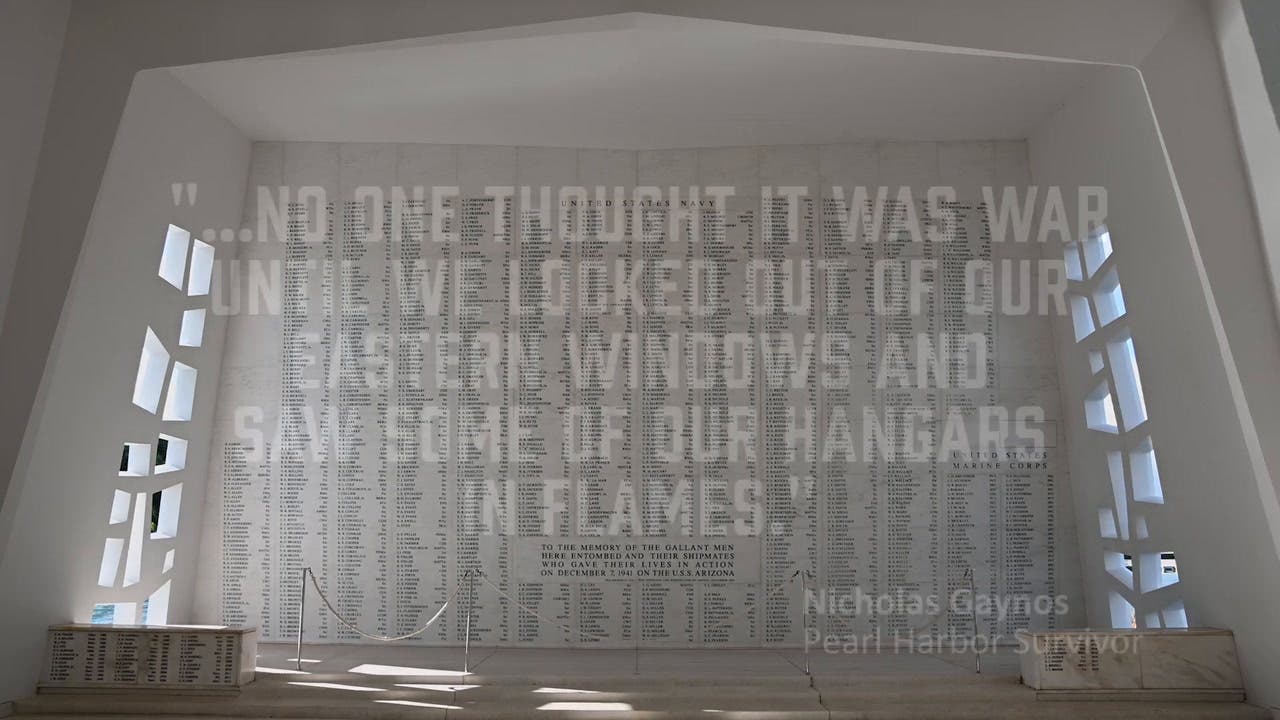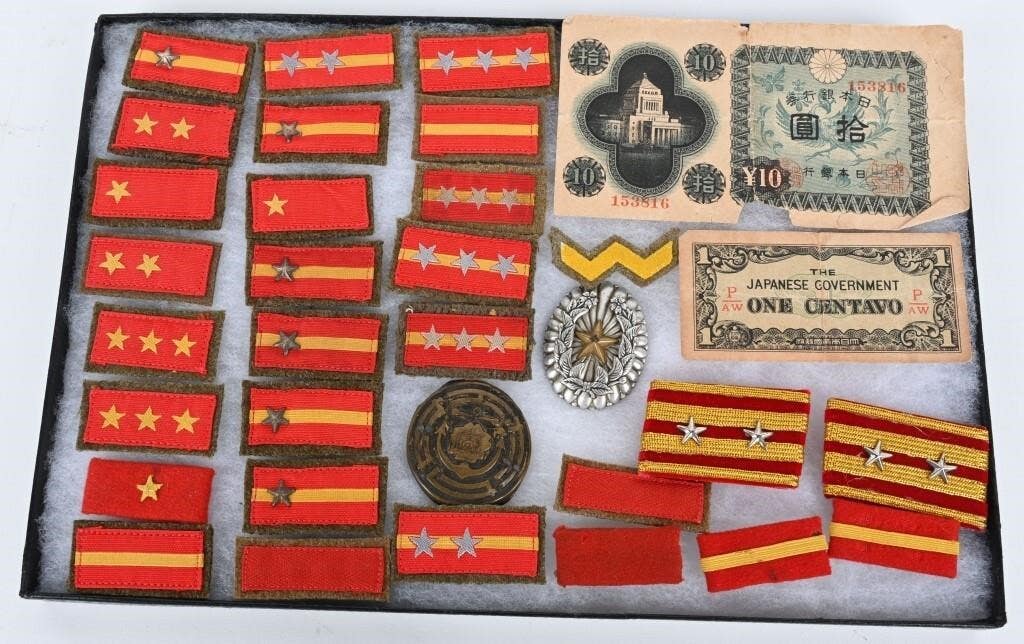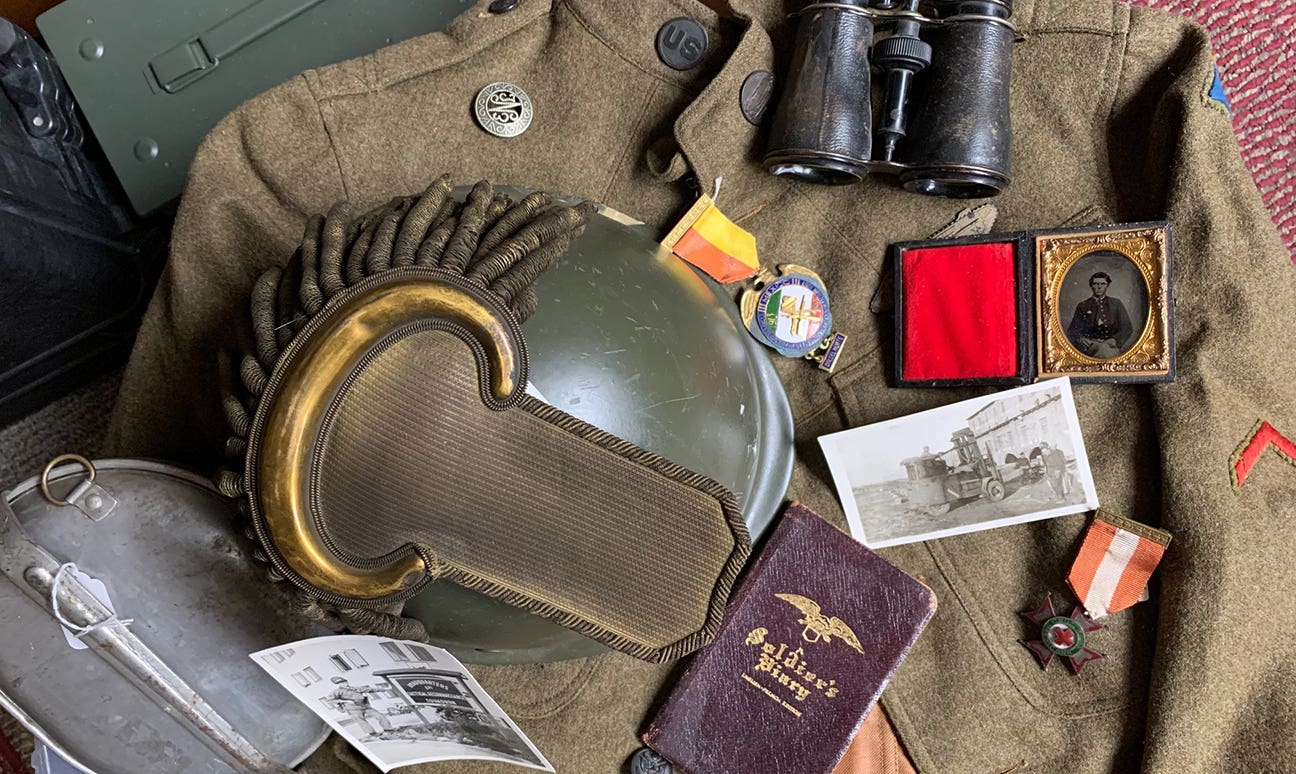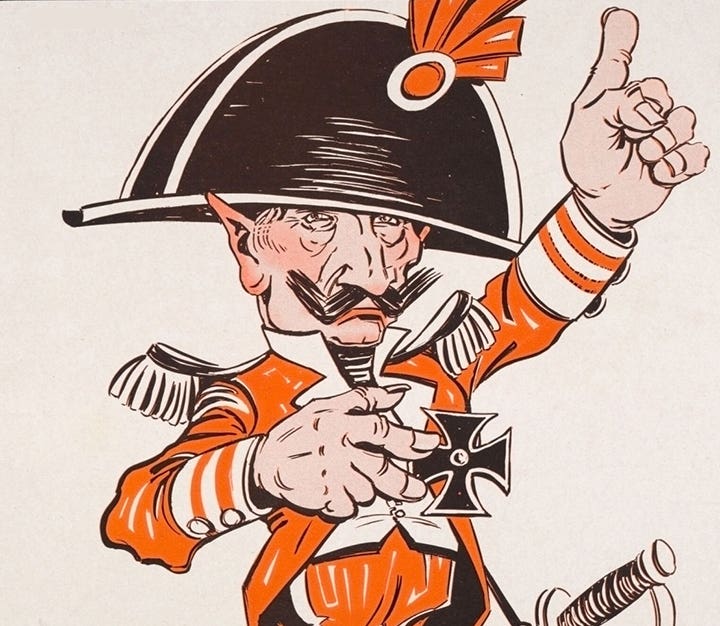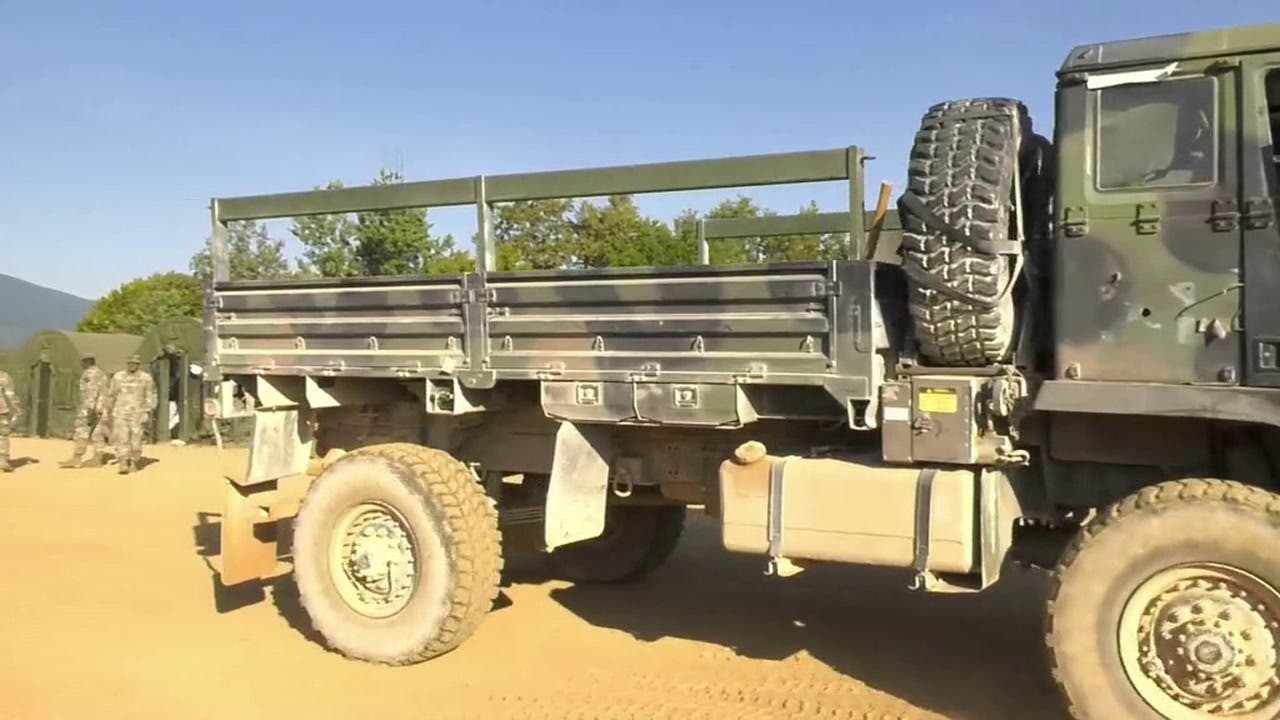5 Tips for making the Hobby STRONG
“Went to a show. Talked to vendors. ‘Gotta get the young involved’ was the most common statement I heard. Though this was my show synopsis for an event I recently…
“Went to a show. Talked to vendors. ‘Gotta get the young involved’ was the most common statement I heard.
Though this was my show synopsis for an event I recently attended, it could have described any show I have I have attended during the last three or four years.
WHAT HAVE YOU DONE FOR THE HOBBY LATELY?
I just nod and smile when I hear some one on the other side of the table insist, “We have to get the young involved.” My first reaction has been, “In your collecting career, when have you EVER seen the young involved in numbers that made a significant impact?”
This is an old person’s hobby. Collecting militaria and restoring military vehicles tends to be done by people who have two things: Money and time on their hands. These are two characteristics not generally associated with the “young” who are just beginning their careers and families.
Yes, you can hand out a free patch to a kid or give a scout troop ride in your deuce-and-a-half, but these kids are not going be dropping thousands of dollars in our hobby during our collecting careers (unless you are willing -- or able -- to wait for about 20 or 30 years for those seeds to mature).
Oh, but it sounds noble to say “get the kids involved.” That is a nice, empty demand that makes the speaker feel powerful, but it actually doesn’t deliver any solutions.
The second thing I say when someone tells me "You gotta get the young involved!" is, "Let's get YOU involved!" If you want to make a difference in the hobby, the best method is for you to get involved.
Here is the kicker…buying another Jeep, helmet, uniform, or medal is a self-serving activity and does not count as "Getting involved." If you REALLY want to make a difference, you have to look beyond your personal passion and share your enthusiasm. You have to share it with groups of people who have the means to contribute to the lifeblood of our hobby—buying and selling militaria and military vehicles.
If you are really worried about the health of the hobby, you are going to have to think farther than your table, “war room,” or garage and actually participate in the “community of the hobby.” Here are five suggestions for how you can do this:
- Pay your membership /subscription dues to OVMS (Ohio Valley Military Society), MVPA (Military Vehicle Preservation Association), OMSA (Orders and Medals Society of America), ASMIC (the American Society of Military Insignia Collectors), local club, favorite internet forum, etc. A good first step in participating is by joining. Any good military strategist will readily admit, “there is strength in numbers.” Your membership gives the leaders of those organizations, clubs, publications, and electronic venues the means to extend their individual missions.
- Become an “Outside Rep” of the hobby. Put together a dog-and-pony show that talks about THE HOBBY (not your collection) and what positive impact it can have. Turn your hobby obsession into a mission for engagement by offering a fresh perspective on what it is you enjoy doing. Speak to groups about the positive qualities enhanced through collecting military relics and vehicles: The awareness of history, preservation, technology, and national motivations and reactions. You can further talk about the discipline skills and commitment required to be a dedicated collector. This may get an audience thinking, “Hmmm. This DOES sound like a noble, worthwhile hobby…”
- Be a hobby evangelist through social media. I am not talking about participating in hobby-specific bulletin boards or forums here, but becoming active on broad-reaching media channels like Facebook, Instagram, and Twitter. Okay, this is KILLING me to type this…I hate at least two of those channels, but I concede that they are great tools for engaging a whole lot of people at very low investment. When your posts, photos. or tweets go out to thousands of people who might be casually curious, you might just snag one or two who actually will go to a show, visit a business, or log onto a web site with the intent of buying some militaria or “an old army truck to restore.”
- Teach the “business” of the hobby to others. Admit it. Unless you are one of the “hoarders” in our hobby, you are a wheeler-dealer. You have built your collection by buying, selling, and constantly upgrading. These are some very specialized skills that we tend to take for granted. There are people out there who are intimidated by our seemingly “closed door” events that are not actively promoted through local media channels, who might benefit from community education classes in which you talk about how you have turned your hobby or obsession into a mini- (or maxi-) business. For example if you love military vehicles and you also believe in buying and selling parts while you restore a vehicle, you could devote a bit of time and energy into educating people on ways that they can restore a vehicle on a budget. Not everyone knows that we can turn a bucket of patches, medals, or motor parts into something that we are proud to add to our collection.
- Push your Board to do more. “Get the young involved?” How about, “Let’s get the Board of Directors involved.”
I confess, this week’s blog has been building up to this specific point: Elect board members to your national organizations who understand that they have a very specific role in the sustainability and growth of our hobby.
While it is far too easy to nominate our collecting buddies to fill slots on the boards of directors of our national hobby organizations, we must push the organizations to provide a slate of candidates who understand that their role is protecting the health of the organization through financial management and membership growth. It is time for our nominating committees to understand that if a potential candidate has tables at a show or is actively involved in the buying and selling of the hobby materials, he or she might not be the best candidate for the board.
I write this based on my experiences in the museum world. Years ago, museums (that are still in business today) realized that the local historians probably didn’t make the best board members. These museums began to look outside their membership to recruit people who brought a broader view of mission to the organization: Someone who understood that growth was imperative to sustain the mission, that promotion had to be done outside the “museum membership parameters,” and had the ability to raise money for the mission of the museum.
Your board of directors are the people who we have elected to safeguard the hobby. Do you know who they are? What is their strategy to grow your club? How are they accountable to you, the member? I think it is time for our national collecting organizations to consider recruiting members to their boards of directors who are actually in a position to grow the hobby…not simply sustain the status quo.
Maybe it is today’s political atmosphere that has riled me up about the direction of our hobby. After listening to someone who readily shares their political views on our impending national election, I generally ask, “And to what candidate have you donated money?” I am shocked how many people haven’t contributed dollars. Regardless, they are quick to share opinions.
Within our hobby, the surest way to get someone to listen to your opinion is by paying your membership dues, subscription fees, or contributing to the maintenance of your favorite forum. That is how you obtain the opportunity to vote for board members who are charting the course of our hobby’s survival. Once you have joined, insist on board members who are going to think outside the hobby to sustain and grow it.
Worried about the health of the hobby? Its survival begins with you.
Preserve the memories,
John Adams-Graf
Editor, Military Trader and Military Vehicles Magazine
If you are interested in learning more about the roles a board of directors can assume, I strongly recommend reviewing this set of guidelines produced by my neighbors from the north:
John Adams-Graf ("JAG" to most) is the editor of Military Trader and Military Vehicles Magazine. He has been a military collector for his entire life. The son of a WWII veteran, his writings carry many lessons from the Greatest Generation. JAG has authored several books, including multiple editions of Warman's WWII Collectibles, Civil War Collectibles, and the Standard Catalog of Civil War Firearms. He is a passionate shooter, wood-splitter, kayaker, and WWI AEF Tank Corps collector.
